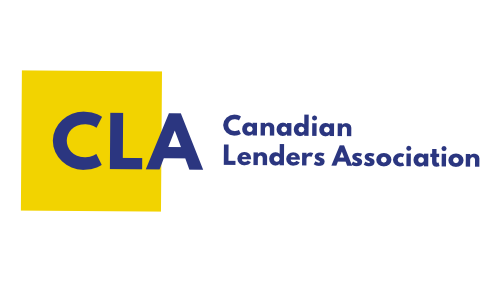Credit Repair vs. Credit Building: Understanding the Differences and Benefits
Credit repair products and credit building share a common goal of improving consumers’ credit scores; however, they service completely different needs in the market.
Credit repair products are designed to help consumers address errors, inaccuracies, or negative items on their credit reports that may be negatively impacting their credit scores. These products typically involve disputing inaccurate or outdated information with credit bureaus or creditors, and may include services such as credit counseling, debt consolidation, or debt settlement. Examples of these types of companies include Credit Counselling Canada, Consolidated Credit and Canada Credit Fix.
The primary objective of credit repair is to remove or correct negative information on a credit report to improve a consumer’s credit score.
Credit building, on the other hand, is focused on establishing credit history over an extended period of time. This is particularly beneficial for those with a thin credit file – younger individuals or new immigrants. It is up to the customer to develop positive habits by building a strong credit history by consistently making on-time payments on credit accounts, using credit responsibly, and maintaining low credit utilization. Credit building may also involve opening new credit accounts, such as secured credit cards or credit-builder loans, and using them responsibly to establish a positive credit history. While an improvement in credit score is desirable, unlike credit repair, it is not a guaranteed outcome of products that focus on credit building. If a customer does not make payments on time, these will negatively impact their credit score. Lenders are committed and obligated to conduct accurate tradeline reporting for both positive and negative loan repayment behavior. Tradeline reporting is one of the certification criteria of the Canadian Lenders Association: lenders should report their respective lending tradelines to Equifax and Transunion Canada.
There is also a key timing distinction as the focus with credit building is providing products as tools to help customers build credit history going forward whereas credit repair often focuses on adjusting or fixing current or past debt. While other financial products or services may have a positive impact on a consumer’s credit score, such as paying bills on time, reducing debt, or increasing income, these are not considered credit repair products since they do not specifically target negative items on a credit report.
The goal of credit building is to establish a solid credit history that will make it easier for someone to qualify for credit in the future and potentially get better terms and rates on loans and credit accounts.
It is critical to avoid defining credit repair products as “any product or service that can help improve a consumer’s credit score,” as credit repair products are a distinct category of financial products or services specifically designed to address negative items on a credit report. Further this definition would capture almost all financial products on the market as they typically involve reporting tradelines to credit bureaus which may have an impact on credit score. Inadvertently
adding credit repair obligations on top of existing requirements for credit products (such as those for disclosure) is not aligned with the spirit of consumer protection, is misdirected and only perpetuates the misperception that credit building products are credit repair products.
In summary, credit repair products focus on fixing negative information on a credit report, while credit building focuses on establishing a positive credit history over time. It’s important to differentiate between the two to help consumers make informed decisions about which approach is best suited for their specific financial situation.


